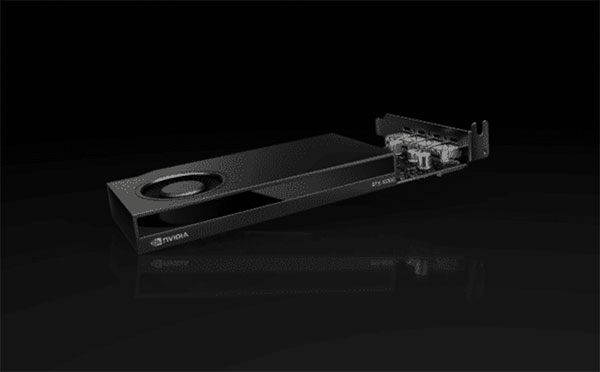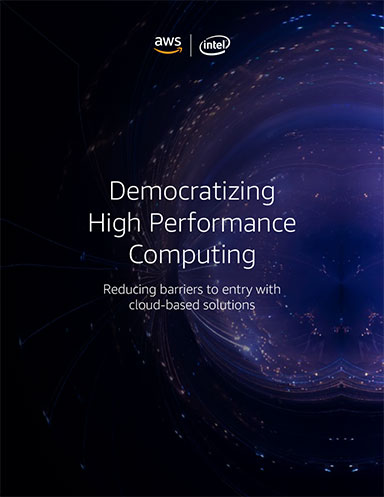NVIDIA RTX A400 and A1000 GPUs Enhance AI-Powered Design
Built on the NVIDIA Ampere architecture, the GPUs deliver real-time ray tracing and support for generative AI tools to every workstation, NVIDIA reports.

NVIDIA RTX A400 and A1000 GPUs now available. Image courtesy of NVIDIA.
Latest News
April 16, 2024
NVIDIA is expanding its RTX professional graphics offerings with two new NVIDIA Ampere architecture-based GPUs for desktops: the NVIDIA RTX A400 and NVIDIA RTX A1000. They expand access to artificial intelligence (AI) and ray-tracing technology.
The RTX A400 GPU introduces accelerated ray tracing and AI to the RTX 400 series GPUs. With 24 Tensor Cores for AI processing, it enables professionals to run AI applications, such as intelligent chatbots and copilots, directly on their desktops.
The GPU delivers real-time ray tracing so creators can build physically accurate 3D renders that push the boundaries of creativity and realism. The A400 also includes four display outputs, a first for its series. The NVIDIA RTX A1000 GPU brings Tensor Cores and RT Cores to the RTX 1000 series GPUs.
With 72 Tensor Cores, the A1000 delivers faster generative AI processing for tools like Stable Diffusion. In addition, its 18 RT Cores speed graphics and rendering tasks, accelerating professional workflows such as 2D and 3D computer-aided design (CAD), product and architectural design, and 4K video editing.
The A1000 also excels in video processing, handling up to 38% more encode streams and offering faster decode performance over the previous generation. With a single-slot design and consuming just 50W, the A400 and A1000 GPUs bring features to compact, energy-efficient workstations.
Expanding the Reach of RTX
Engineers can transition ideas from 3D CAD concepts into tangible designs. Teams working in smart spaces can use the GPUs for real-time data processing, AI-enhanced security and digital signage management in space-constrained settings.
Features and Accelerated Performance
The NVIDIA RTX A400 and A1000 GPUs are equipped with features designed to supercharge everyday workflows, including:
- Second-generation RT Cores: Real-time ray tracing, photorealistic, physically based rendering and visualization for all professional workflows, including 3D design and content creation.
- Third-generation Tensor Cores: Accelerates AI-augmented tools and applications such as generative AI, image rendering denoising and deep learning super sampling.
- Ampere architecture-based CUDA cores: Speedups in graphics and compute workloads.
- 4GB or 8GB of GPU memory: 4GB of GPU memory with the A400 GPU and 8GB with the A1000 GPU accommodate a range of professional needs, from basic graphic design and photo editing to more demanding 3D modeling with textures or high-resolution editing and data analyses.
- Encode and decode engines: With seventh-generation encode (NVENC) and fifth-generation decode (NVDEC) engines, the GPUs offer efficient video processing to support high-resolution video editing, streaming and playback with ultra-low latency.
Sources: Press materials received from the company and additional information gleaned from the company’s website.
More NVIDIA Coverage
Subscribe to our FREE magazine, FREE email newsletters or both!
Latest News
About the Author
DE’s editors contribute news and new product announcements to Digital Engineering.
Press releases may be sent to them via [email protected].






